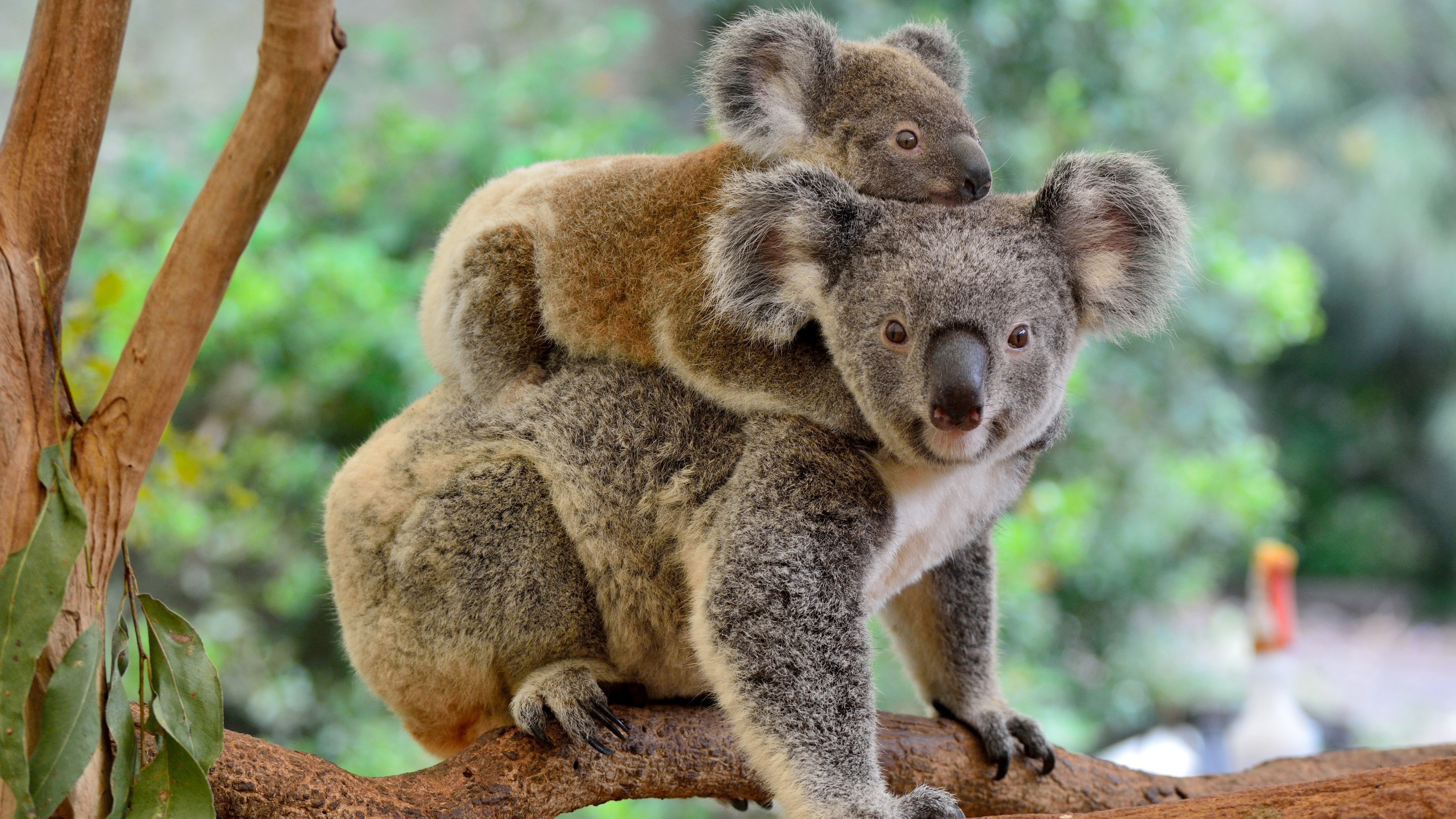Mammals with pouches are 'more evolved' than humans — sort of
Kangaroos, koalas and other marsupials are even weirder than we give them credit for.

Mammals with pouches, like kangaroos and koalas, have a radical evolutionary history that suggests they are "more evolved" than previously thought, a new study finds.
Marsupials used to be considered an evolutionary stepping stone between egg-laying mammals called monotremes, such as platypuses, and placental mammals, such as humans, according to the new study. While modern science now recognizes that marsupials and placentals evolved from a common ancestor around 160 million years ago, the authors argue that marsupials retain a slight stigma from the days when they were classified as an intermediary.
By scanning the skulls of placental mammals and marsupials in various stages of development, the researchers concluded that the developmental strategy of placental mammals — and not marsupials — is closer to that of their common ancestor, suggesting that if anything, marsupials have evolved more than placental mammals since the split.
"They have a much more extreme evolutionary story compared to placentals, so the idea of them as being these half animals or half mammals is wrong," study co-author Anjali Goswami, a research leader of life sciences at the Natural History Museum in London, told Live Science. "In a sense, they're the more evolved or more divergent group."
The researchers published their findings April 28 in the journal Current Biology.
Related: Ancient marsupial sabertooth had eyes like no other mammal predator
Placental mammals have a range of developmental strategies. For example, human babies are practically helpless at birth, unable to walk, while zebra foals are mobile within hours, according to the book "Encyclopedia of Child Behavior and Development" (Springer, 2011). However, no placental newborns are as immature as marsupial offspring. Marsupials give birth to fetus-like embryos that climb from the birth canal to their mothers' pouches to complete development, according to the San Diego Zoo.
Get the world’s most fascinating discoveries delivered straight to your inbox.
For the new study, researchers created 3D images of 165 mammal skulls, ranging from fetal to adult, across 22 species. Then, they placed points on the images that acted as 3D coordinates to capture the overall skull shape and determine how the skulls developed in each species. Finally, they compared this development between marsupials and placental mammals to what they estimated for their hypothetical common ancestor.
Placental skull development was more similar to that of the predicted ancestral mammal than was the marsupial skull development. That led the authors to hypothesize that the common ancestor developed like placentals, and that the extreme marsupial strategy of finishing gestation in a mother’s pouch came later.
First author Heather White, a postdoctoral researcher at the Natural History Museum, told Live Science in an email that marsupials underwent a deceleration in their rate of skull growth compared with placental mammals and the ancestral mammal; thus, it's the marsupial strategy that has changed more from the ancestor state. "It really does put marsupials in a new light, which is very exciting," White added.
Gregory Funston, a postdoctoral fellow of paleontology at the Royal Ontario Museum in Canada who was not involved in the study, told Live Science in an email that the new research keys into a major misconception that, historically, shaped a lot of research, with marsupials thought of as less successful intermediates.
"I'm really impressed by the study, and I hope that it will help to shift our thinking about marsupials as much as I think it will," Funston said. "Of course we've known they aren't intermediates for a long time, but White and colleagues' study convincingly argues that marsupials actually have a highly specialized developmental pattern."

Patrick Pester is the trending news writer at Live Science. His work has appeared on other science websites, such as BBC Science Focus and Scientific American. Patrick retrained as a journalist after spending his early career working in zoos and wildlife conservation. He was awarded the Master's Excellence Scholarship to study at Cardiff University where he completed a master's degree in international journalism. He also has a second master's degree in biodiversity, evolution and conservation in action from Middlesex University London. When he isn't writing news, Patrick investigates the sale of human remains.


